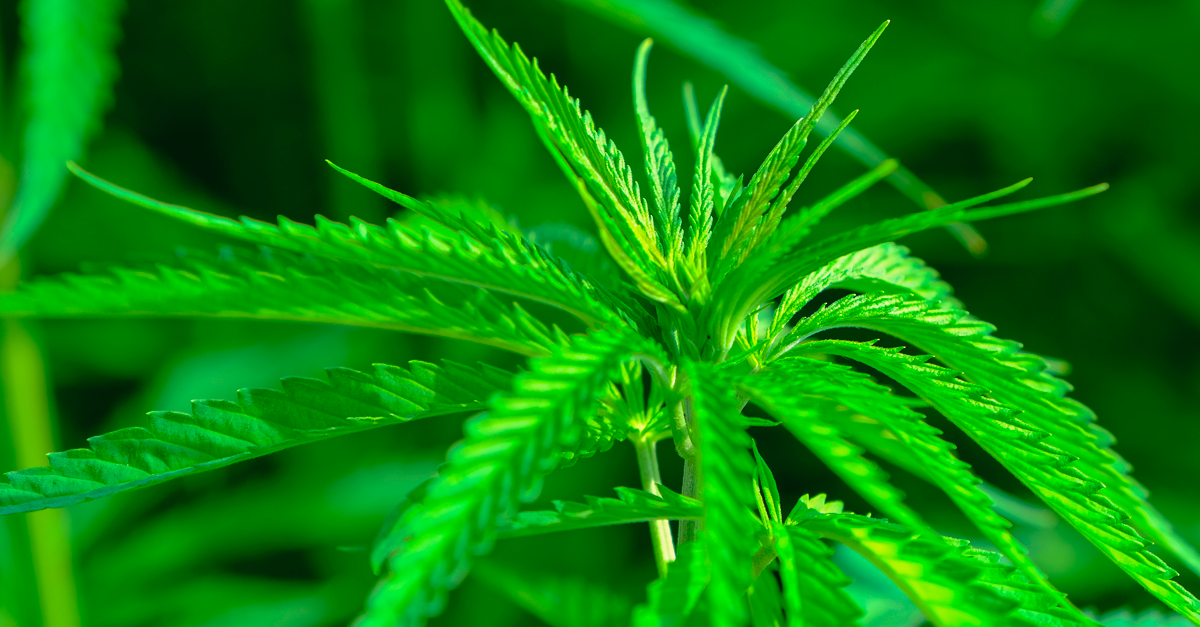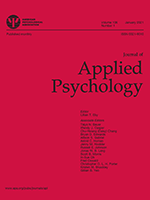
“Background: There are few studies on mortality on individuals entering treatment for cannabis use disorders.
Objectives: To estimate mortality risk for individuals treated for cannabis use disorders comparing patients with concomitant alcohol use disorders to those with only cannabis use disorders.
Methods: Follow-up study on 1136 residents in Northern Italy who turned to health services following problems caused by cannabis use disorders between 2009 and 2019. Individuals with concomitant use of opioids, amphetamines, cocaine, or injecting drugs were excluded. Crude mortality rates per 1000 Person Years (CMR), and standardized mortality ratios adjusted for age, sex and calendar year (SMR) were calculated.
Results: Elevated CMRs (CMR 4.4, 3-6.4), higher among patients with concomitant alcohol use disorders (CMR 10.2, 6.6-15.6) compared to those with only cannabis use disorders (CMR 1.8, 0.9-3.6) were found. Regarding excess mortality with respect to the general population, SMRs were higher and statistically significant (SMR 5.4, 3.7-7.8), both among patients with concomitant alcohol use disorders (SMR 10.2, 6.6-15.6) and among those with only cannabis use disorders (SMR 2.3, 1.1-4.5).
Conclusions: The results of this study show that individuals with only cannabis use disorders have a lower mortality risk compared to those with both cannabis and alcohol use disorders.”
https://pubmed.ncbi.nlm.nih.gov/35908347/
“The results of our study show that individuals with only cannabis use disorders have a lower mortality risk compared to those with cannabis and alcohol use disorders.”
https://www.sciencedirect.com/science/article/abs/pii/S0165178122003365?via%3Dihub








